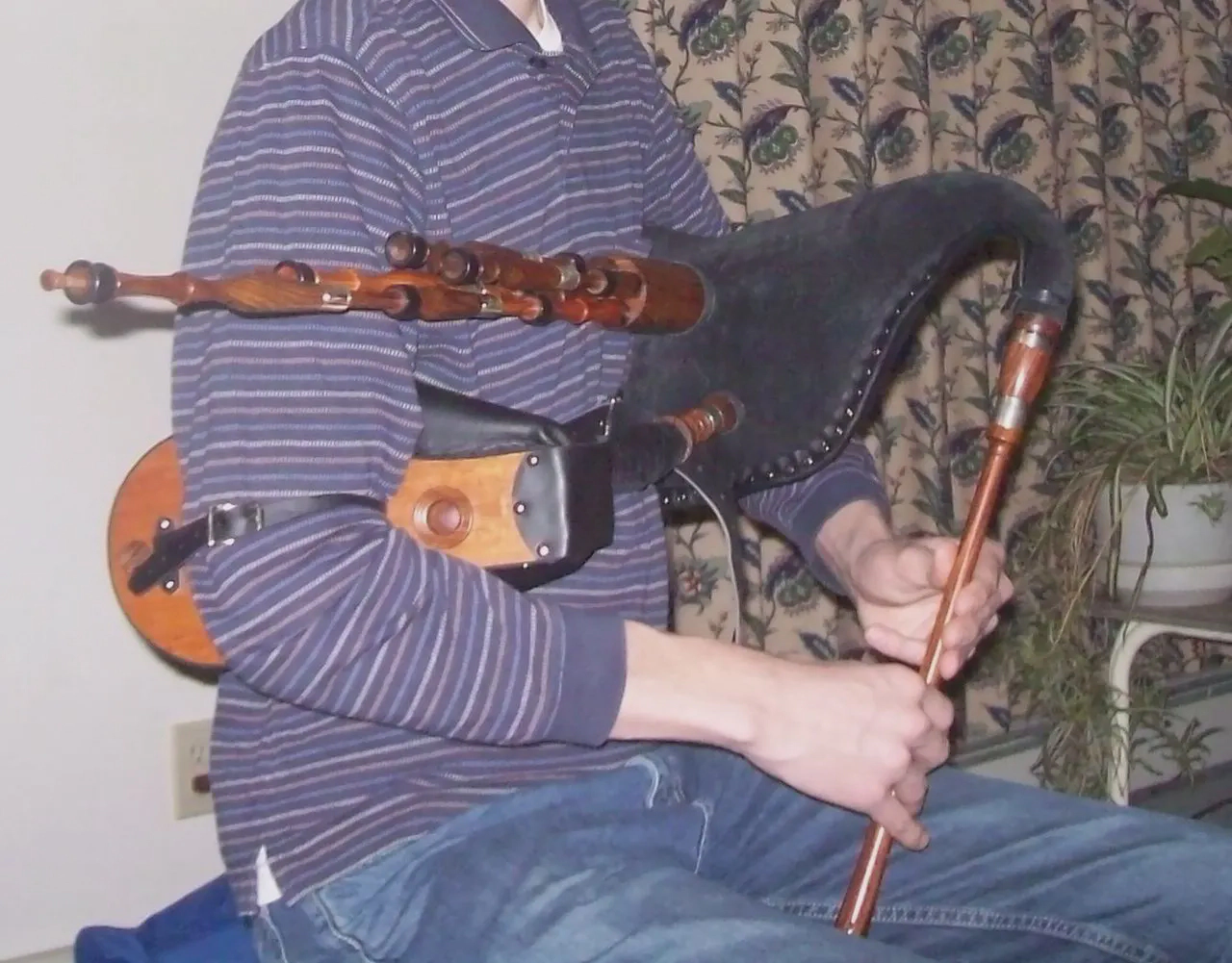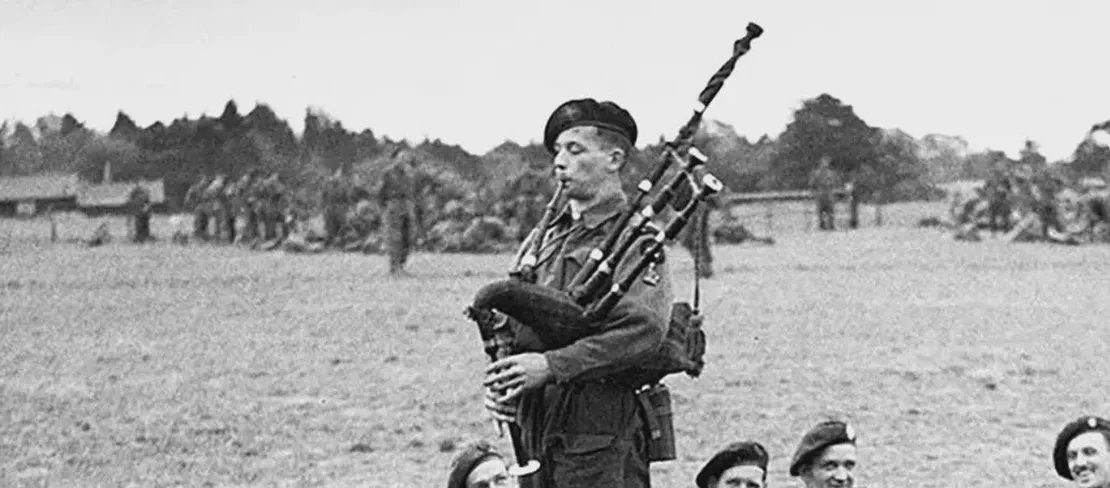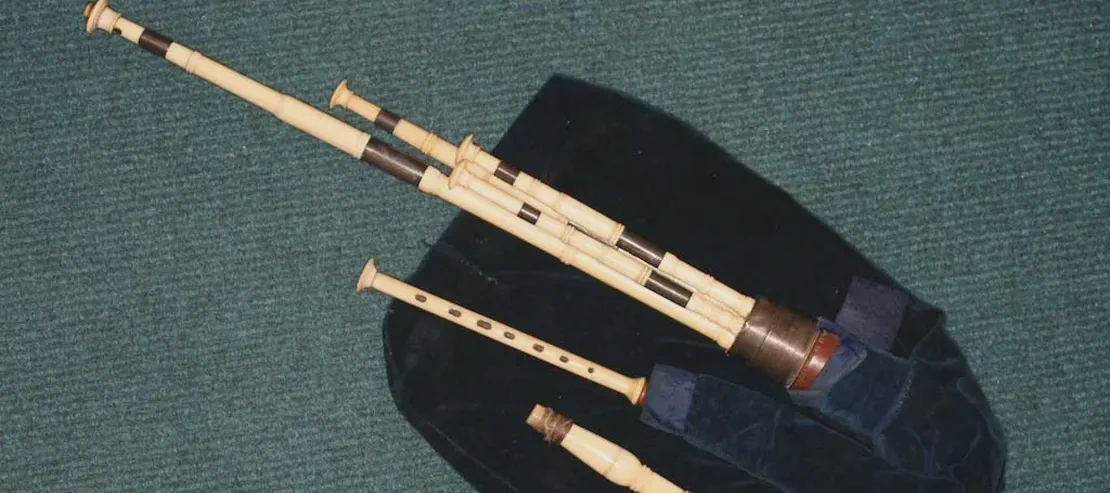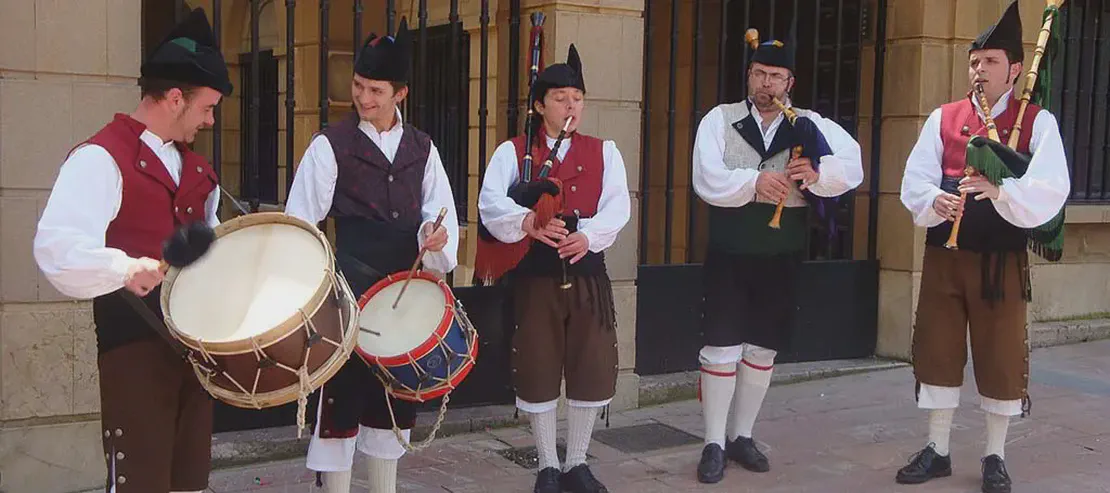scottish small pipes
- bagpiper
- Instrument
- March 18, 2021
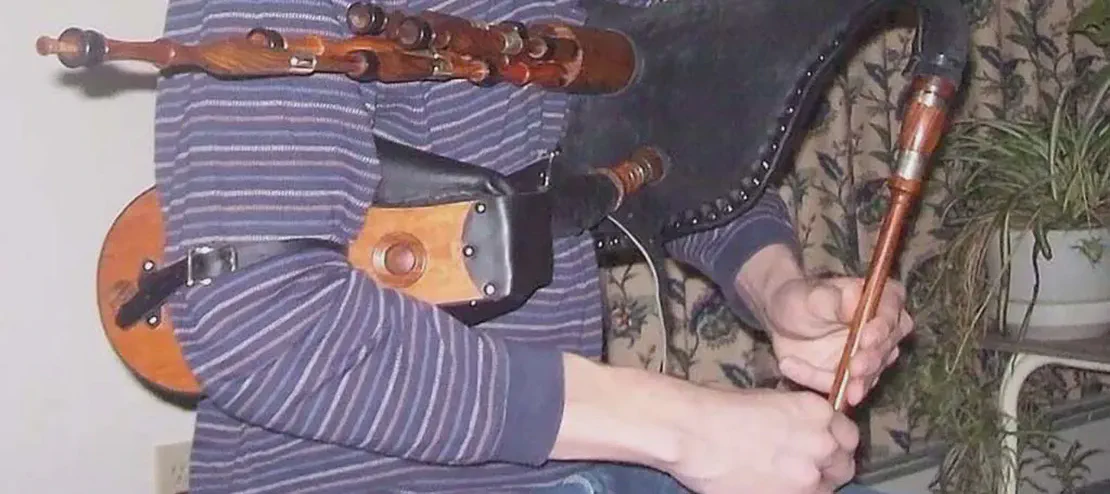
Table of Contents
The Scottish smallpipe is a bellows-blown bagpipe re-developed by Colin Ross and many others, adapted from an earlier design of the instrument.
There are surviving bellows-blown examples of similar historical instruments as well as the mouth-blown Montgomery smallpipes, dated 1757, which are held in the National Museum of Scotland.
Small Pipes Performers
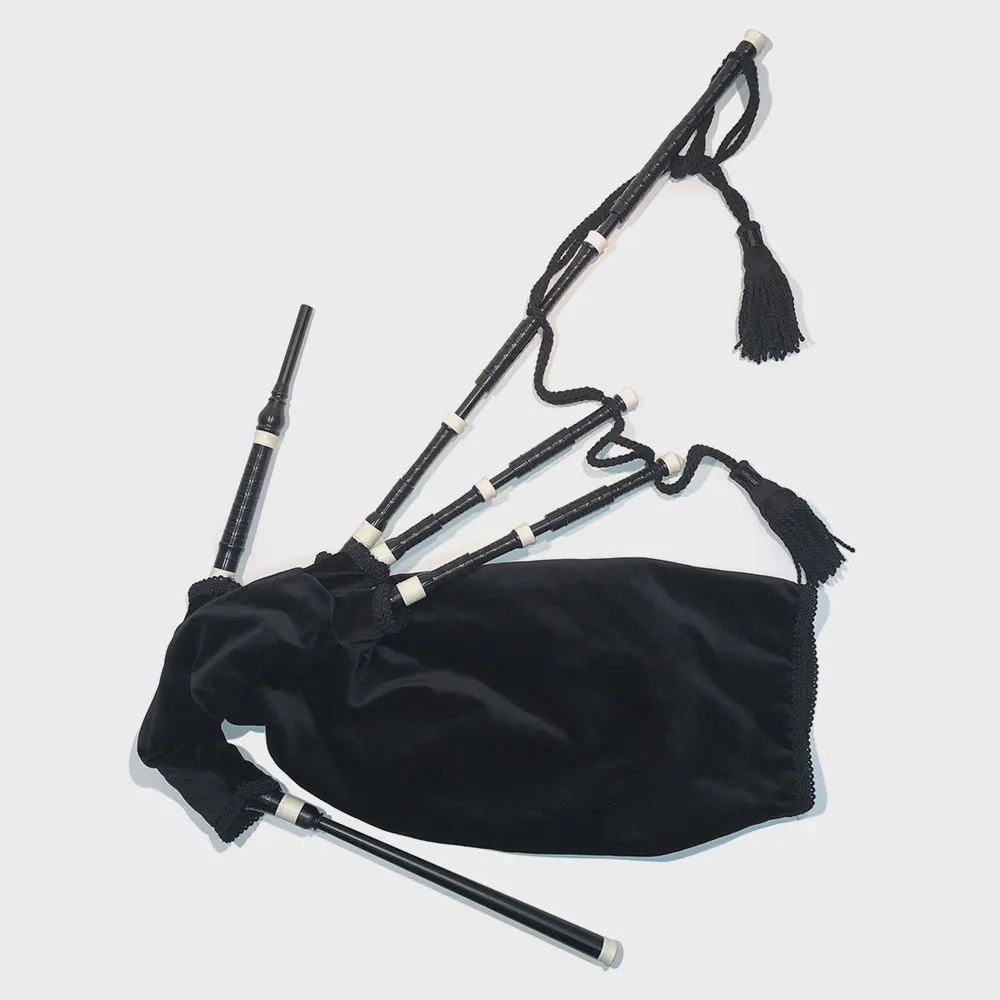
Some instruments are being built as direct copies of historical examples, but few modern instruments are directly modelled on older examples; the modern instrument is typically larger and lower-pitched. The innovations leading to the modern instrument, in particular the design of the reeds, were largely taken from the Northumbrian smallpipes.
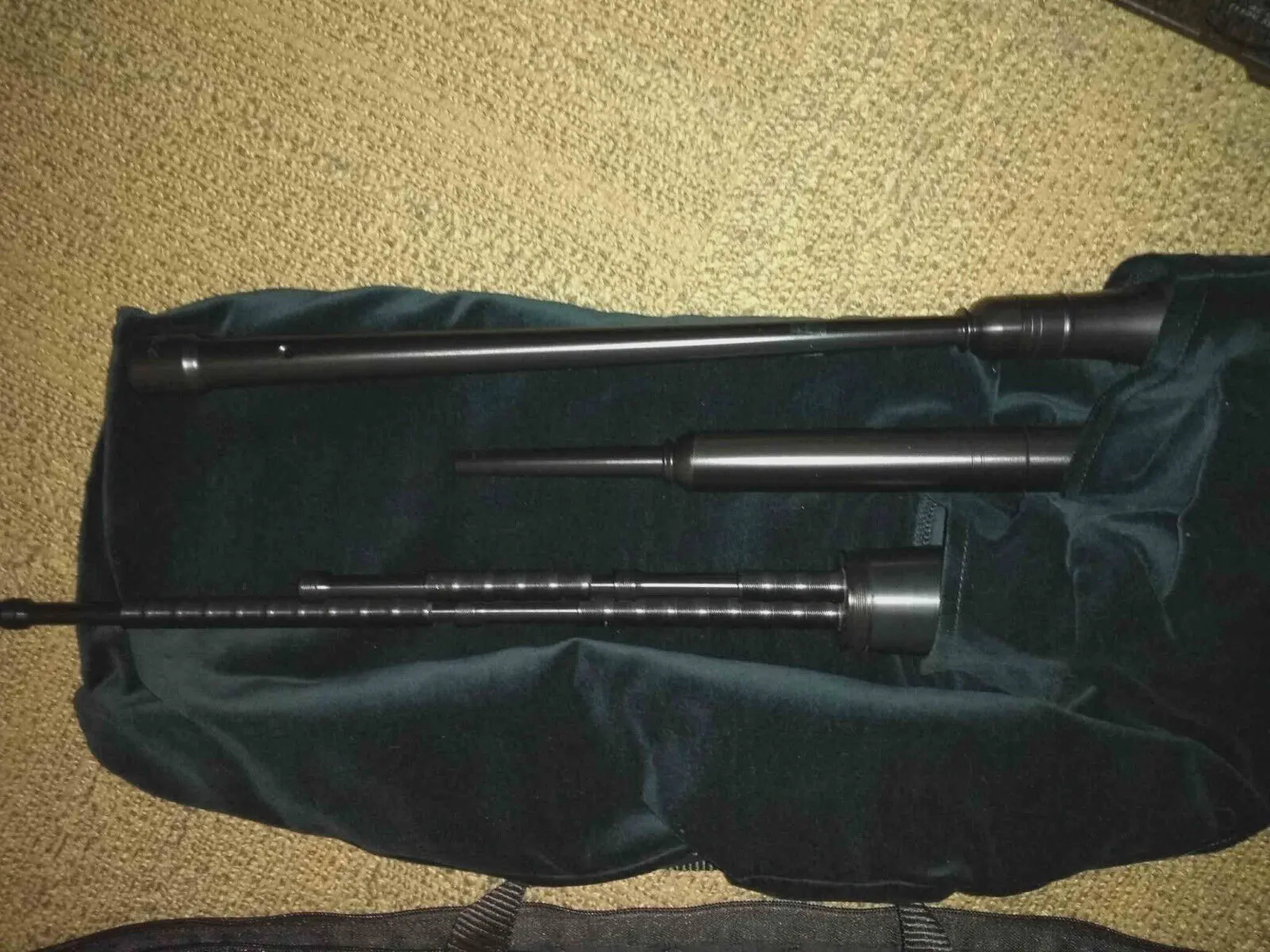
Although there is evidence of small pipes dating back to 15th century, in its current form it is perhaps the youngest bagpipe with widespread popularity, having only existed in this form since the early 1980s.
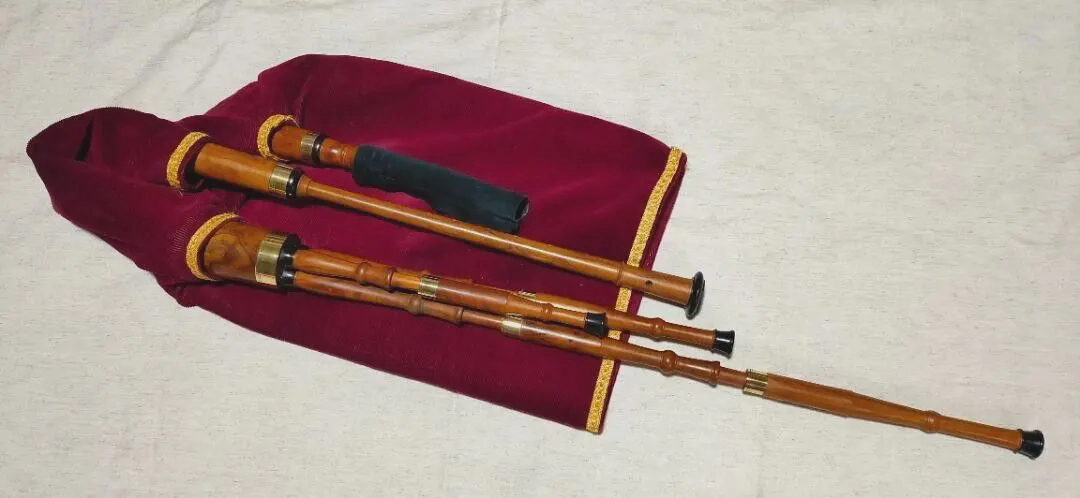
History
Originally one of the first documented bagpipes in Scotland, along with the Border pipes, smallpipes were popular in the Lowland areas of Scotland as far north as Aberdeen. Evidence shows them to have existed since the 15th century (Highland pipes can only be documented from the 15th Century in a form definably separate from Irish “warpipes”), when they were used for dancing and entertainment in court and castle, later they became popular amongst burgh pipers, and town minstrels until the early 19th Century, when the demise of the town pipers led to their disappearing from the record. Being bellows-blown this made them suitable for playing for long periods. Bellows-blown smallpipes are believed to have entered Scotland via England, and the continent of Europe, examples are preserved in many drawings, carvings, and paintings from 15th century onwards, and in Europe from the 12th century onwards. There is some discussion of the historical Scottish smallpipes in Collinson’s history of the bagpipes. More reliable research and information can be obtained in Hugh Cheape’s “Bagpipes: A National Collection.”
Since there was a break in the continuous playing tradition of the smallpipes, and Border pipes, no absolute, definitive playing style can be ascribed to them. However, according to the evidence provided by surviving manuscript collections of music written for these pipes (particular those of Dixon, Peacock, and Riddell), their style was built around variations, runs, and arpeggios, as opposed to the surviving Highland music which is dominated by stylised gracenote techniques.
Smallpipes are extremely popular with Highland pipers, many of whom use them, or a set of Border pipes, as a second instrument better suited to indoor playing, and play them according to the Highland tradition. Though it has somewhat supplanted the musically unsatisfactory Highland practice chanter as a relatively quiet rehearsal instrument for Highland pipers, it has gained wide currency as a session instrument, playing both the Highland and lowland (border) repertoires.
The Scottish smallpipes were the first widely available instrument which allowed Highland pipers to participate in musical sessions with fiddlers, flautists and other instruments, as well as to accompany singers. Leading players include Hamish Moore, Iain MacInnes, Allan MacDonald, Gary West, Fred Morrison, Fin Moore, Brìghde Chaimbeul, Michael Roddy, Callum Armstrong, Ross Ainslie, Gordon Mooney, EJ Jones, Ailis Sutherland, Glenn Coolen, Barry Shears, as well as the late Martyn Bennett.
